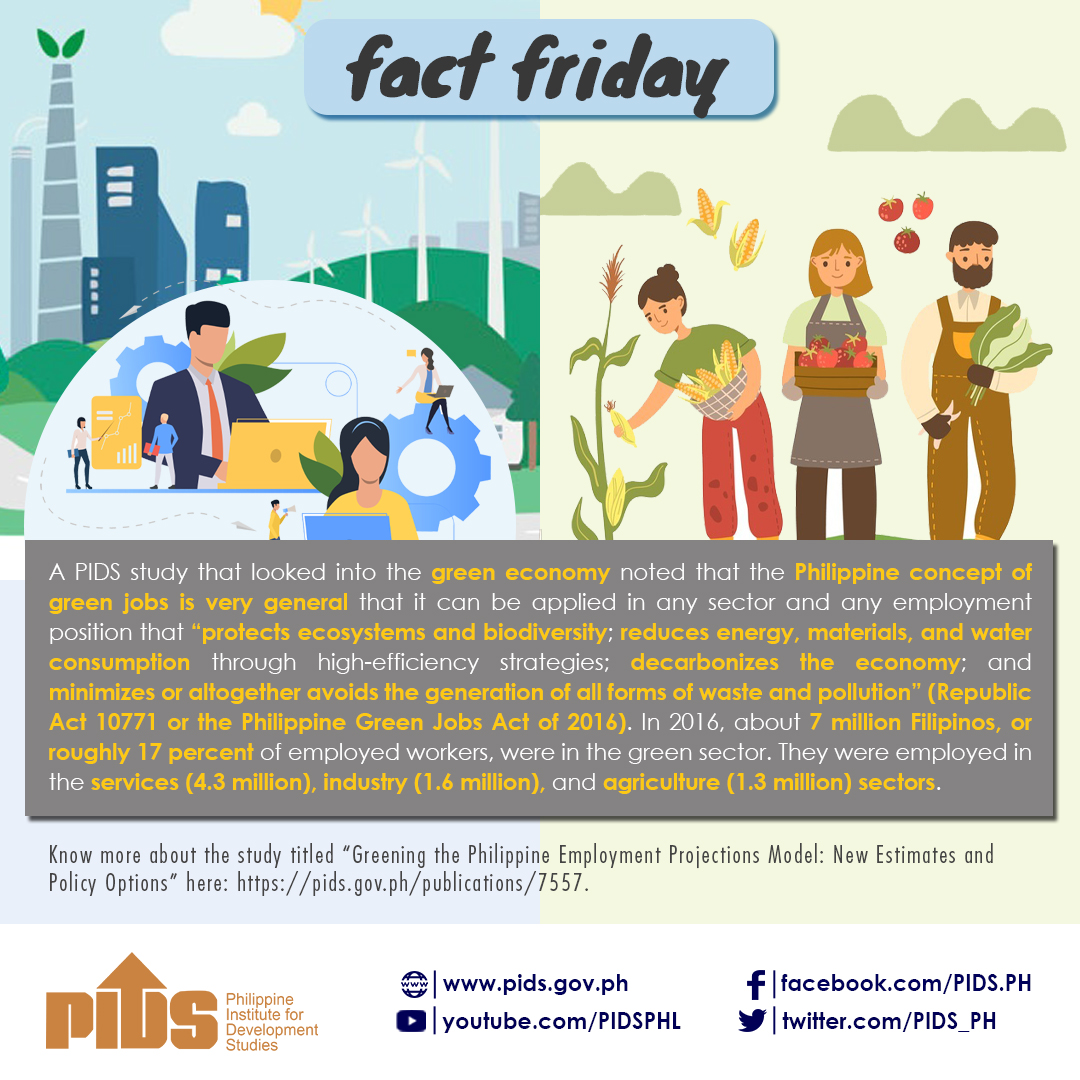JOB losses in the agriculture sector may continue because of the government’s recent decision to reduce rice tariffs until 2028, according to local economists.
On Thursday, the Philippine Statistics Authority (PSA) said there were 2.04 million unemployed Filipinos in April 2024 and 7.04 million underemployed during the period. (See: https://businessmirror.com.ph/2024/06/06/phl-employment-rate-up-to-96-in-april-24-psa/).
However, National Statistician Claire Dennis S. Mapa said the El Niño phenomenon led to the reduction of 818,000 jobs in the agriculture and forestry sector. Of this number, 462,000 jobs were in rice production.
“This loss in jobs is due to the higher imports policy of the government regarding rice. With the recent decreased tariff plans in most product, especially rice, this decline in jobs in the rice industry will likely continue,” Ateneo de Manila University economist Leonardo Lanzona, however, told BusinessMirror.
This week, the National Economic and Development Authority (Neda) Board led by the President, approved at its 17th Board meeting the reduction of rice tariffs to 15 percent until 2028 amid soaring international prices of the staple. (See: https://businessmirror.com.ph/2024/06/05/phl-cuts-rice-tariffs-to-temper-inflation/).
Farm job loss goes on: Canlas
However, former Socioeconomic Planning Secretary Dante V. Canlas agreed that the reduction in agriculture jobs may continue because of the reduction in rice tariffs. But, he added, it will not be in the same magnitude.
Canlas said farmers, especially rice farmers, who have the ability to compete with cheaper rice imports will continue to produce the country’s food staple. Only those who are not competitive “will be driven out.”
“The 818,000 jobs lost in agriculture, 400,000 of which are in rice, in one year are substantial. Job losses of those magnitudes may not continue unless another prolonged drought intervenes,” Canlas told BusinessMirror.
“Additional job losses in the rice sector may be experienced from the slashes in tariffs under RTL [Rice Tariffication Law] but not in the magnitude of [this] year’s job losses,” he added.
However, Philippine Institute for Development Studies (PIDS) Roehlano Briones told this newspaper that the impact of the reduction in rice tariffs on jobs will not be severe.
Briones said in general, the agriculture sector has been shedding jobs and any further job losses may only be linked to this trend.
Canlas explained that job losses in the agriculture sector are consistent with a country’s industrial development. He added that the employment share of agriculture jobs will decline as the economy becomes more service and industry-oriented.
“The magnitude of the shift tends to take place over a long time period depending on the speed of the economy’s industrialization,” Canlas stressed.
Lanzona said, however, that the El Niño phenomenon has been considered a threat since last year and the government could have offset the ill effects of the extreme weather phenomena through efforts to boost local production.
“The increased use of importation especially after El Niño reflects the overall incapacity of the government to develop the domestic agricultural sector which effectively is the main cause of the job losses,” Lanzona said.
Quality jobs
The PSA data also showed that while more Filipinos became employed, there was also an increase in the number of workers looking for better employment.
The data showed over a million workers became invisibly underemployed in April 2024 compared to April 2023. This represented a 62.6-percent increase in invisible underemployment in the country.
Those considered in invisible underemployment are those working at least 40 hours in a week but still expressed the desire to have additional hours of work in their present job or to have an additional job, or to have a new job with longer working hours.
The data also showed that while visible underemployment decreased compared to last year, the number of Filipinos classified as visibly underemployed increased by 1.078 million from January 2024 and 1.154 million from March 2024.
The increase in the visibly underemployed was 32.2 percent between April 2024 and January 2024 and 35.3 percent between April 2024 and March 2024.
Visibly underemployed Filipinos are those working less than 40 hours in a week and expressed the desire to have additional hours of work in their present job or to have additional jobs.
Based on the PSA, on average, employed persons worked 40.5 hours per week. This was higher than the average hours worked in a week in April 2023 at 36.9 hours, but lower than the average hours worked in a week in January 2024 at 42.1 hours.










